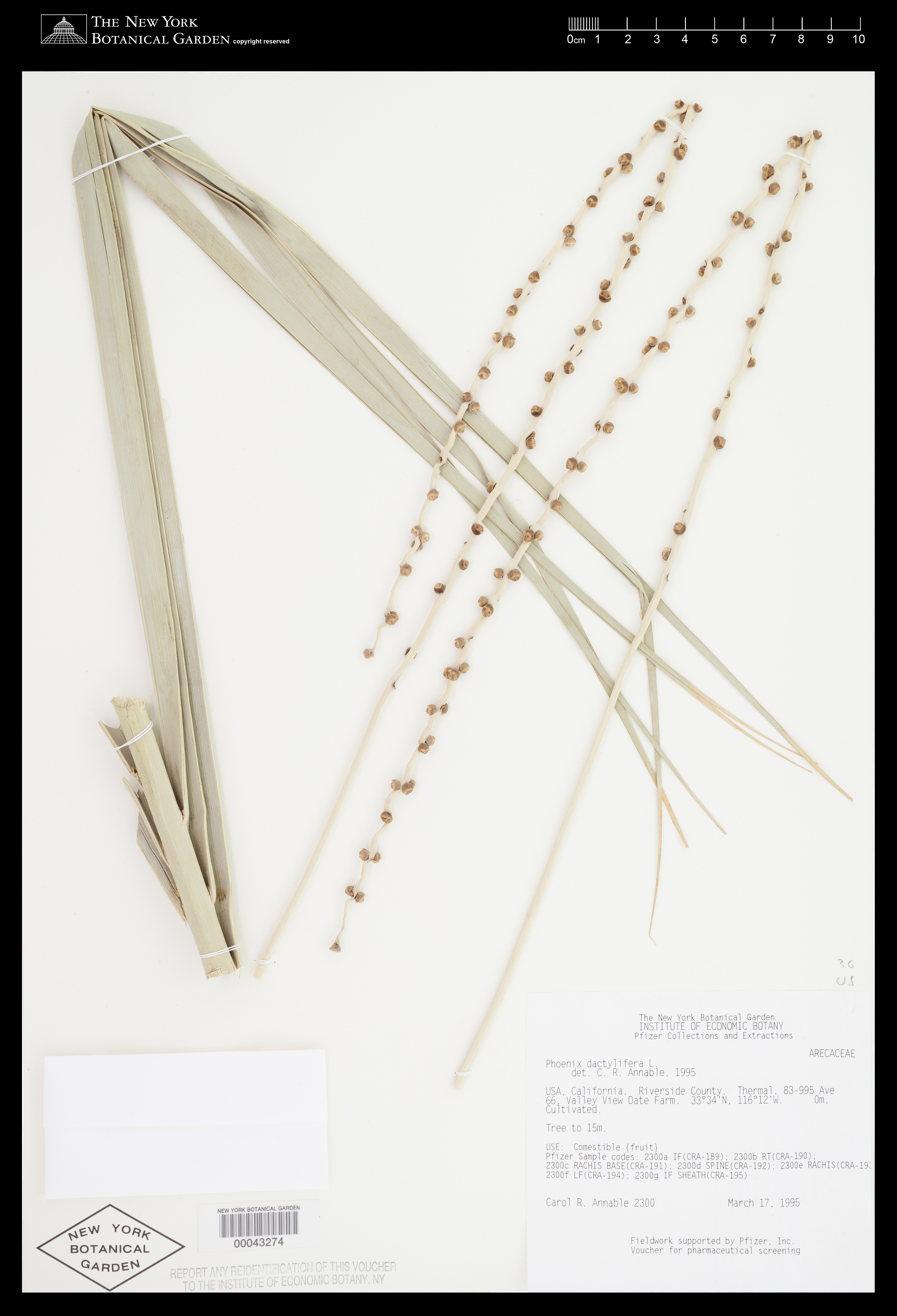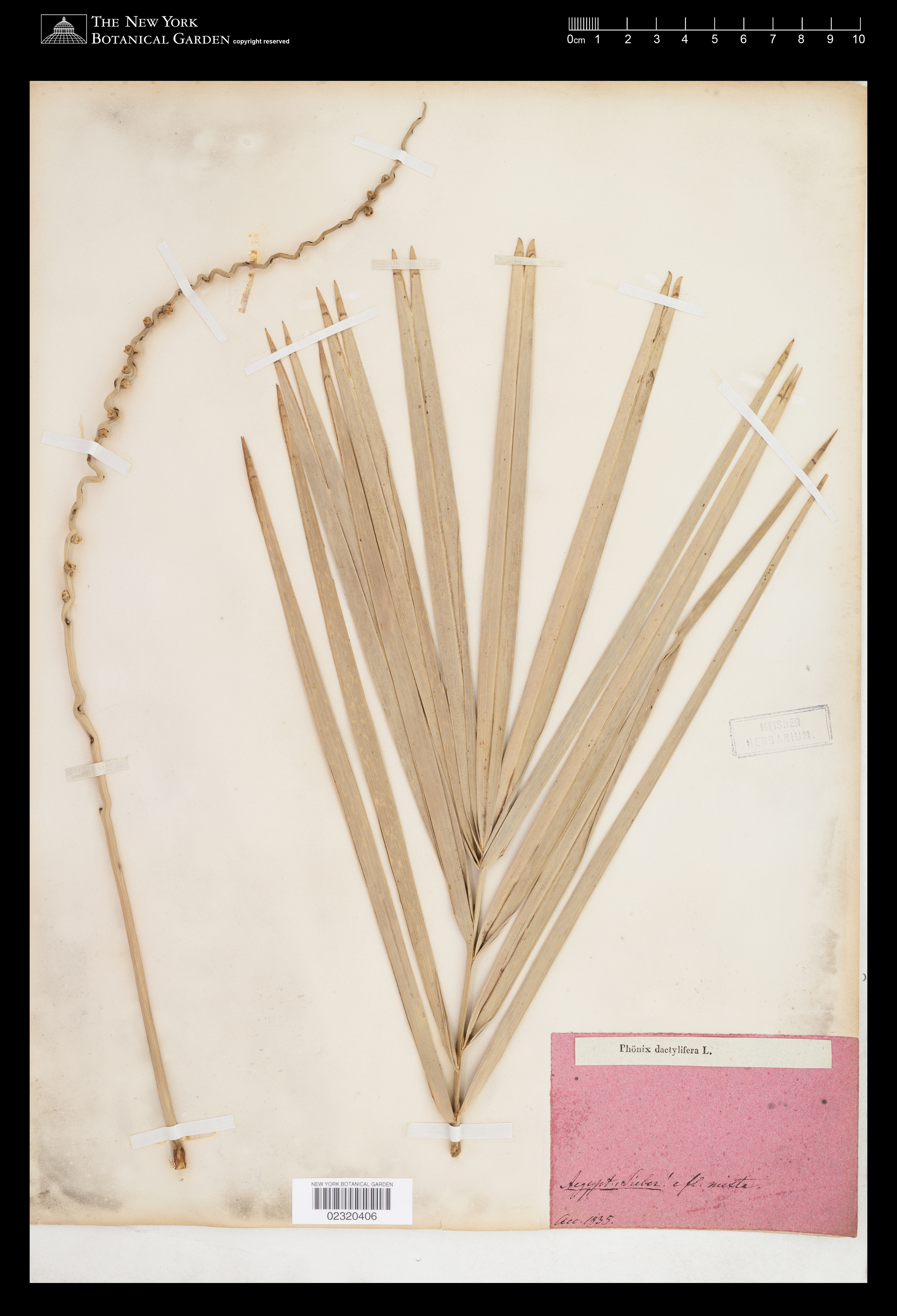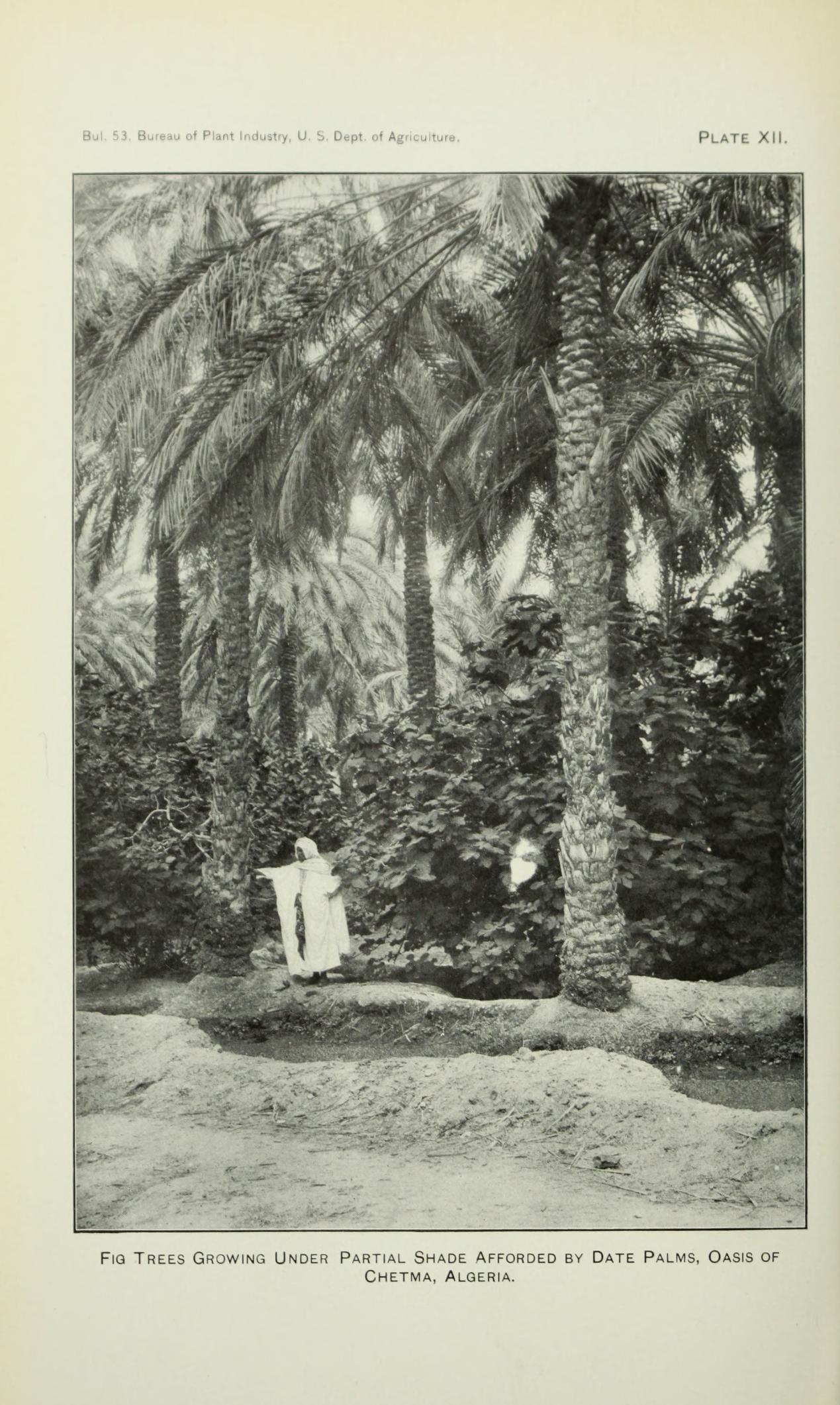By Tara Allen
Apr 10 2024
The date palm requires ample sunlight, high temperatures (though it can survive temperatures as low as 20ºF for short periods), and low humidity to grow, which has allowed them to be grown in the Middle East, North Africa, and parts of South Asia for thousands of years and more recently in places like California and Arizona (Al-Karmadi & Okoh, 2024; Chao & Krueger, 2007). Dates are one of the oldest known cultivated fruit crops and were integral in supporting the growth of civilization in the Middle East (Begum, 2023). The long history of cultivation makes it difficult to pinpoint the exact location where it began or even where the plant is native to. Current evidence suggests that the earliest known usage of the plant was in the Arabian Peninsula around 8,000 years ago with the first evidence of cultivation appearing around 5,000 years ago in places all around the Persian Gulf (Gros-Balthazard et al., 2017). The only fossil evidence of pre-cultivation date palms is also from that region and suggests that the palm has been there for at least 30,000 years (Gros-Balthazard et al., 2017). From this area the date palm and its cultivation spread to North Africa, reaching there around 4,000 years ago, then to South Asia, and eventually Spain and other parts of southern Europe (Chao & Krueger, 2007; Gros-Balthazard et al., 2017). The tree was first introduced to North and South America by early Spanish colonists, though cultivation in California and Baja California appears to have begun later when Jesuit missionaries came to the region in the 18th century (Rivera et al., 2013). In the late 19th century date off-shoots were brought from Iraq and North Africa to the U.S. for commercial agriculture, where they grew in popularity during WWII due to sugar rationing (Rivera et al, 2013; Sphinx Date Ranch, n.d.).
In addition to their benefits to humans, date palms can also benefit the environment by providing ecosystem services. Date palms are able to provide shade, food, and/or habitat for animals and other plants (Mihi et al., 2019). They may also contribute to improved soil quality and reduced erosion (Mihi et al., 2019). Through proper management, date palms may be able to help slow or reverse desertification in the regions where they grow.







